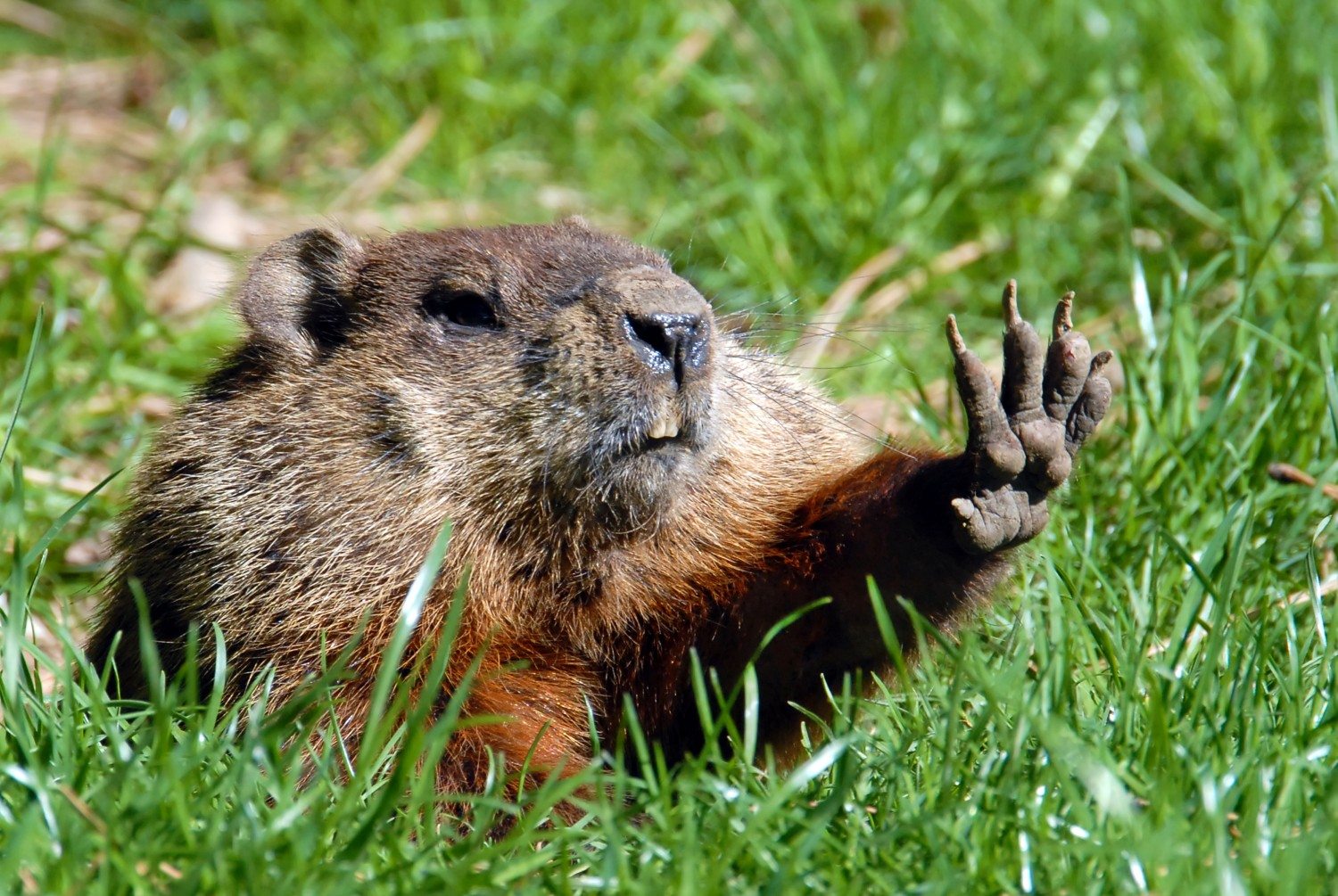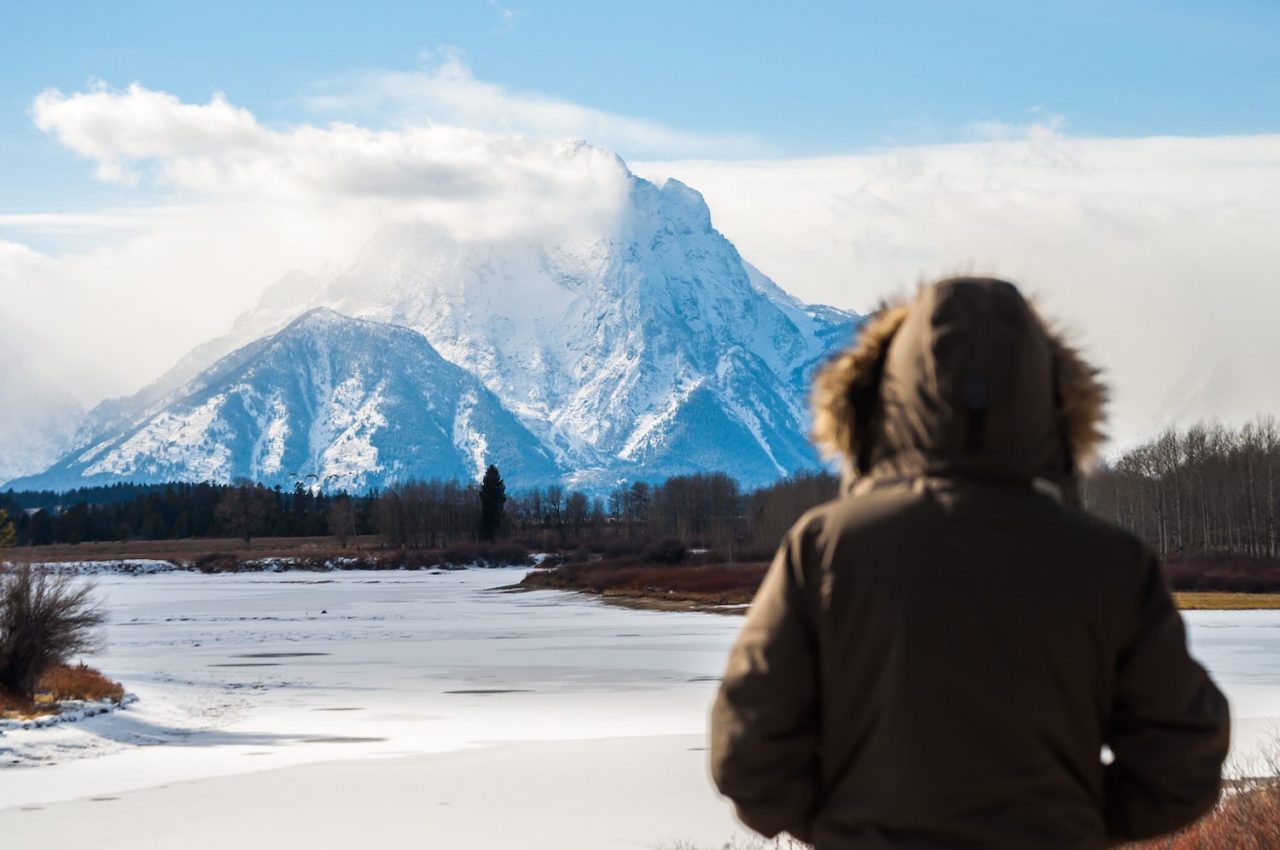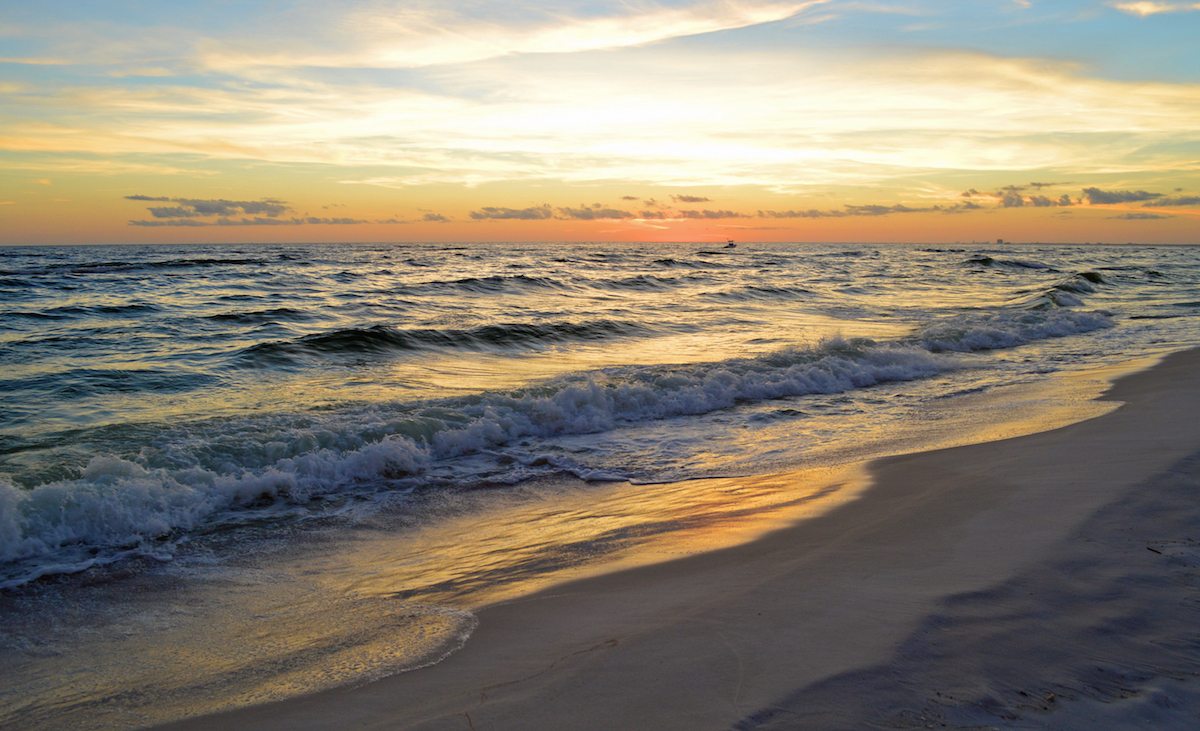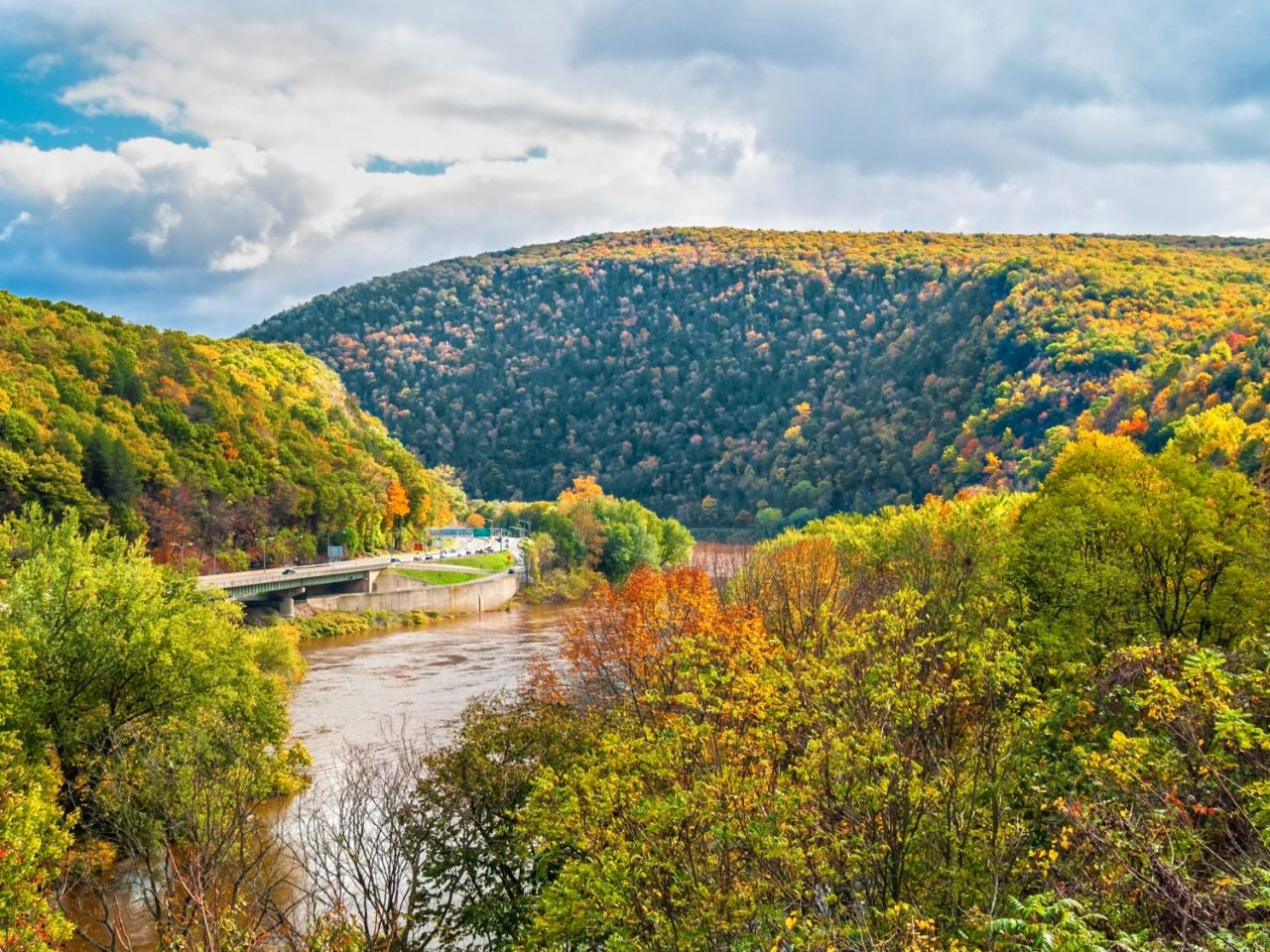The event that puts Punxsutawney on the map is Groundhog Day, February 2nd, when a sleeping groundhog named Punxsutawney Phil is awakened in order to predict the coming of spring. If he sees his shadow, then six more weeks of winter will prevail. If not, spring is in the air. The story of Punxsutawney Phil is shrouded in mist, or should we say shadows, but oral tradition suggests that he was named for a famous Pennsylvania politician, Philander C. Knox, who served as US Senator from PA as well in the cabinets of several Gilded Age US Presidents as Attorney General (he devised Federal Income Tax) and Secretary of State. Knox, who was a prosperous Pittsburgh attorney friend of Andrew Mellon and Henry Clay Frick, began life in another Western Pennsylvania town, Brownsville. Knox was known for dozing off during long Cabinet Meetings; where his fellow Cabinet members dubbed him “Sleepy Phil”. Look up his photo, and you will see why his appearance and habits are said to have inspired the naming of the weatherman woodchuck, Punxsutawney Phil.
In the film “Groundhog Day” Bill Murray’s character had to repeat the day over and over. We think there are too many things to do in and around Punxsutawney for you to have to repeat any of them. Some say the name of the city goes back to the Lenni-Lenapi name meaning “poison vine”, others say it is from a Delaware Indian name meaning “place of the sand flies” or “place of the mosquitoes”. You take your pick. Whichever name it came from, it sounds so much better without being translated! It has the highest population of any municipality in Jefferson County. During the industrial era Punxsutawney was noted for its foundries and glassworks, ironworks and machine shops, as well as flour, feed, woodworking and silk mills, all of them powered by the rushing waters of Mahoning Creek. This means you can find some great antiques in the area, just follow your nose to the Nomadic Trading Company with over 25,000 square feet of antiques and indoor shopping, Chicks from the Sticks for the most extensive collection in the area of antiques, architectural salvage and handcrafts, and Yoder’s Antique Mall, with fresh picks on all three floors.
Gobblers Nob southeast of town is where Punxsutawney Phil makes his yearly appearance. There’s no parking up at the Knob on Groundhog Day, you will need to park at a designated spot in town and walk, or pay to ride a bus. The rest of the year, Phil lives his life at the local library at 201 North Findley Street. You can actually see Phil in his cozy home through clear windows and learn how he lives year-round until it is time for him to predict the weather. There is a window outside and another inside the library. Phil is very well cared for and doesn’t have to do much but sleep and eat. The exhibits are a treat for families with kids, full of activities and trivia. There’s also a collection of more than thirty “Phantastic Phils”, larger than life hand painted statues of Phil, throughout the town. See if you can find them all!
Punxsutawney began as a Native American campsite halfway between the Allegheny and Susquehanna Rivers, on the earliest known trail to the East, the Shamokin Path. You can learn more about the area at the Punxsutawney Area Historical and Genealogical Society’s Jenks Room of the Lattimer House; their gift shop offers Punxsutawney books and souvenirs, postcards, note pads, magnets, and more. The Society’s museum has an extensive complex with many rooms full of historical artifacts from the area which include displays of Native American history and artifacts, early settler tools and utensils, regional lumbering history, area coal mining and coke production history, local railroading history, quilts, clothing and decorative arts from Punxsutawney’s “Early Days” through the “Boomtown” era, uniforms and artifacts documenting military, public and community service history, radios and early televisions, photographic documentation of the region’s history, and Punxsutawney Groundhog Day history. Area architectural structures with curb appeal include the Colonial Revival T. M. Kurtz House (now private offices), the 1870 Italianate style Christian Miller House, and the many-columned Neo Classic Revival US Post Office; they are on the National Register of Historic Places. Just south of town, The Snyder Hill Schoolhouse on Snyder Hill is a restored country schoolhouse; it is open by appointment for individuals or tours.
Where to dine? Nekos’ Restaurant and Lounge, called Punxsutawney’s best kept secret, offers porterhouse steaks, chicken parmesan with their celebrated homemade spaghetti sauce, and salads dressed with their original warm sweet and sour salad dressing. Save room for the chocolate and peanut butter pie. You can enjoy a great pie at Punxy’s Pizza. Go to Joe’s Drive In for foot long hot dogs, shakes, burgers and ice cream twist cones.
Nearby attractions include the James M. Stewart Museum in Indiana, There a short film, movie posters, a self guided tour with a small theater and a lot of photos of the beloved actor. The gift shop has a list of his 81 films. Check out his childhood home nearby on Vinegar Hill. Bigler’s Rocks in Curwensville, is the place to enjoy seeing and scrambling around on huge rocks. Bigler’s Rocks is privately owned; there is no charge for hiking the trails or climbing the rocks although donations are accepted. In addition to the main trails through the rocks and rock scrambling, there are longer trails and picnic tables.











